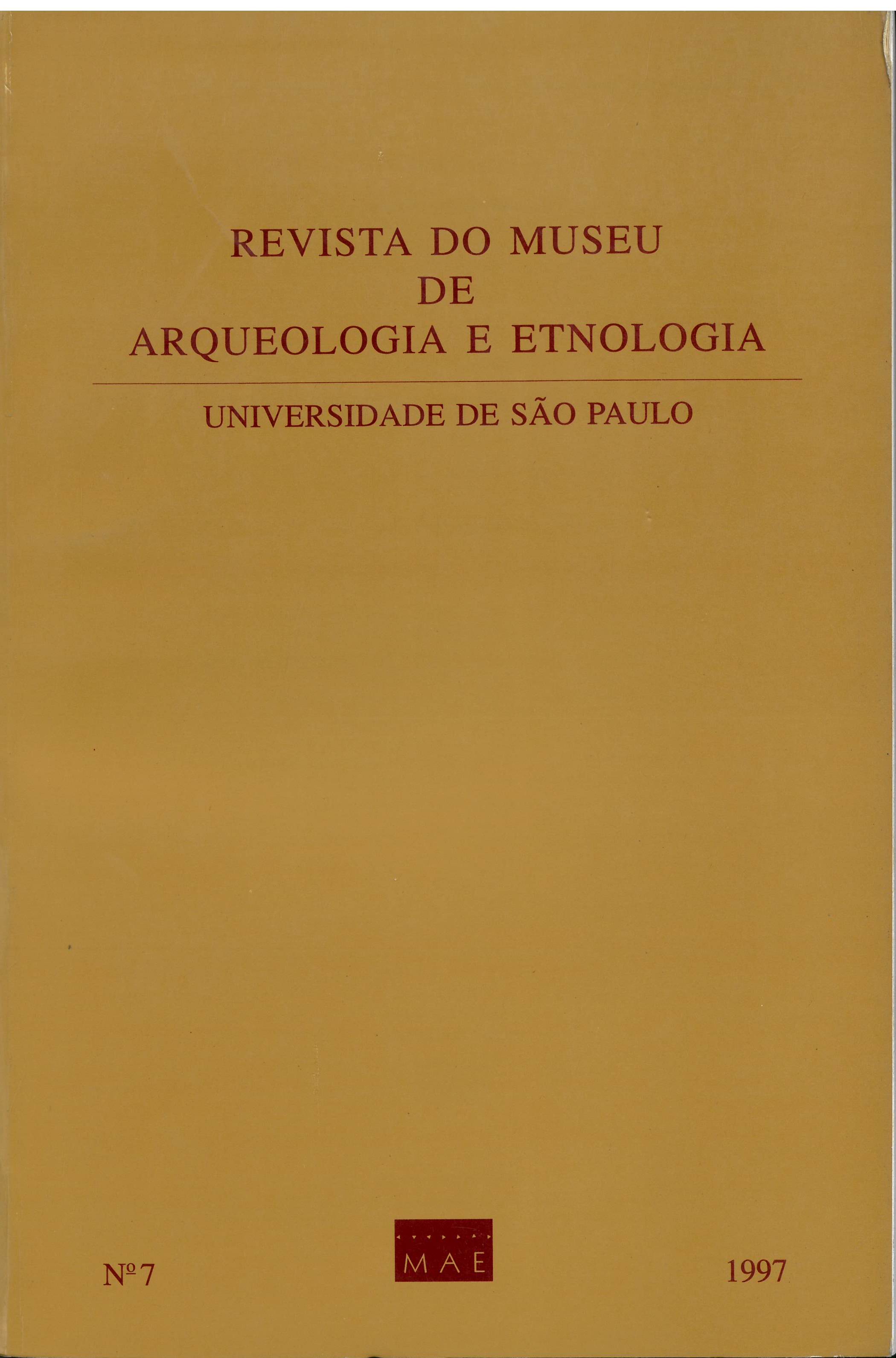Comparison of rock art paintings of the Middle São Francisco river with graphic motifs of the Tucanoan linguistic groups: testing the shamanic hypothesis.
DOI :
https://doi.org/10.11606/issn.2448-1750.revmae.1997.109293Mots-clés :
Altered States of Conscience - Brazil - Phosphene - Rockart - Shamanism - Tucano.Résumé
A rock art sample (paintings) from the Middle São Francisco River region (Canyon Fonte Grande, Central, Bahia, Brazil) was compared to the basic graphic motifs of Tucanoan indians art (Reichel-Dolmàtoff 1978). The same rock art sample was also compared to the posphene motifs used by Lewis-Williams and Dowson (1987) in their interpretative model, which describes the origin of rock art representations as derived from visions of people who experienced altered states of conscience, such as those observed in shamanic trance. The results show 1) a strong formal similarity between either non-figurative or antropomorphic representations from Central and Tucanoan art, as well as evidences of similar associations of motifs; 2) Partial identity between non-figurative paintings and the expected phosphene motifs described by LewisWilliams and Dowson.##plugins.themes.default.displayStats.downloads##
##plugins.themes.default.displayStats.noStats##
Téléchargements
Publiée
1997-12-19
Numéro
Rubrique
Artigos
Licence
(c) Copyright Flávio Silva Faria 1997

Ce travail est disponible sous licence Creative Commons Attribution - Pas d'Utilisation Commerciale - Pas de Modification 4.0 International.
Comment citer
FARIA, Flávio Silva. Comparison of rock art paintings of the Middle São Francisco river with graphic motifs of the Tucanoan linguistic groups: testing the shamanic hypothesis. Revista do Museu de Arqueologia e Etnologia, São Paulo, Brasil, n. 7, p. 23–47, 1997. DOI: 10.11606/issn.2448-1750.revmae.1997.109293. Disponível em: https://www.journals.usp.br/revmae/article/view/109293.. Acesso em: 18 mai. 2024.












